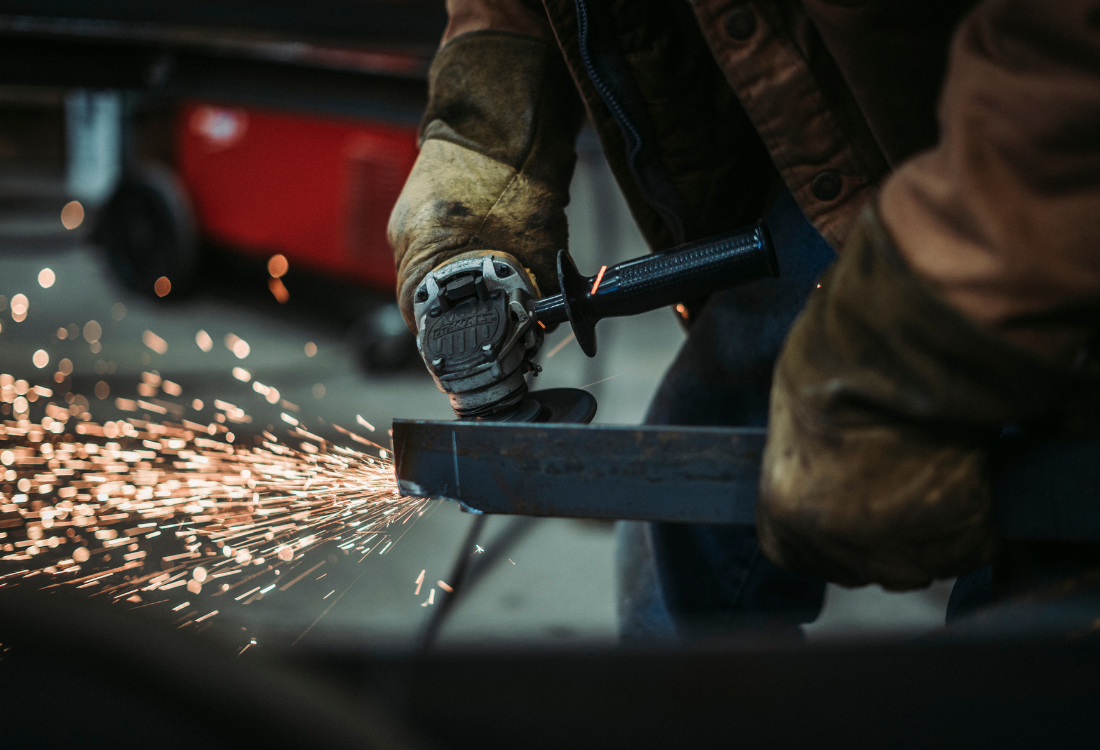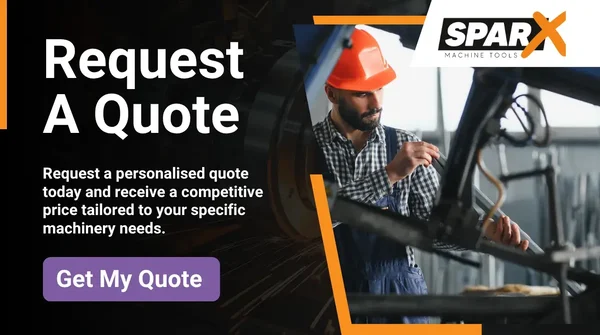Reducing HAVS Risks With Automated Deburring Machines
7 April 2025

Hand-arm vibration syndrome, also known as HAVS, is a condition that causes changes in the sensations of the fingers, which in time can lead to permanent numbness of the fingers and muscles. It can also cause weakness and a condition known as ‘white finger’. HAVS can be caused by working with vibrating tools, especially over long periods, so it is essential that any business or organisation where these kinds of machinery are used keep in mind safe working practices in order to protect their staff.
Automated deburring machines do operate using some levels of vibration. So you may need to consider hand-arm vibration monitoring and implement safe working practices in your operation if deburring machinery is in use. However, it’s also important to remember that using an automated deburring machine can deliver some significant advantages over manual deburring which we’ll discuss in more detail in the article below.
Eliminate Hand-Arm Vibration Exposure
Automated deburring removes the need for handheld grinding tools which can require high levels of vibration, significantly reducing the risk of HAVS and long-term nerve damage. In addition to this, features such as enclosed operation and emergency stop also increase safety for operatives. Automated machinery can also deliver adherence to industry standards and regulatory compliance.
Reduce Repetitive Strain & Fatigue
Hands-free operation will minimise the physical strain placed on operatives, improving worker safety while maintaining a high-quality of finished products. Repetitive strain is one of the key risks of long exposure to vibrating machinery and power tool use, and by automating machinery processes, this can be significantly reduced, as it allows the machinery to take the physical strain of production.
Enhance Efficiency & Precision
As well as improved safety and reduced HAVS risks, machines can also deliver consistent, high-quality deburring. This reduces the need for any manual finishing which can be both risky and result in inconsistencies in production. The ability to process multiple parts at once, without the need for manual intervention, also helps to boost production levels without placing additional physical strain on operatives.
Ensure Compliance With Safety Regulations
By automating processes, manufacturers are more easily able to meet HSE HAVS guidelines and UK vibration exposure limits. Increased deburring tool safety protects staff and at the same time reduces the legal and financial risks to the business.
Lower Workplace Injuries & Costs
As well as the personal risks to staff in terms of injury and long-term health, largely by reducing HAVS risks leading to fewer injuries, businesses can also benefit in other ways. It can result in lower absenteeism and a decreased reliance on PPE, and there may also be fewer compensation claims to deal with.
Ideal For High-Risk Industries
The reduction of HAVS risks through automating processes is becoming more and more essential in a wide variety of industries. These include metal fabrication, automotive, aerospace and medical device manufacturing. In fact, any industry where there are HAVS risks to operatives can benefit from the enhanced worker safety and process efficiency automation brings.
Reduce vibration exposure and enhance workplace safety with Sparx Machine Tools' automated deburring machines. Contact our team today to find out more!
Image source: Canva


